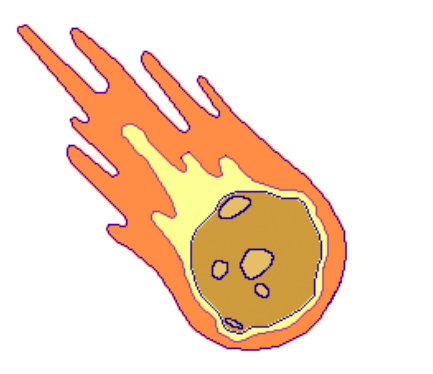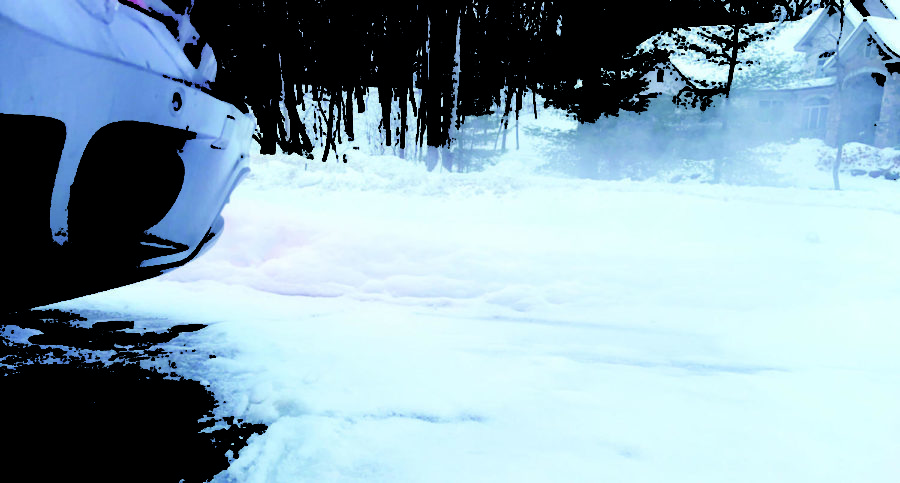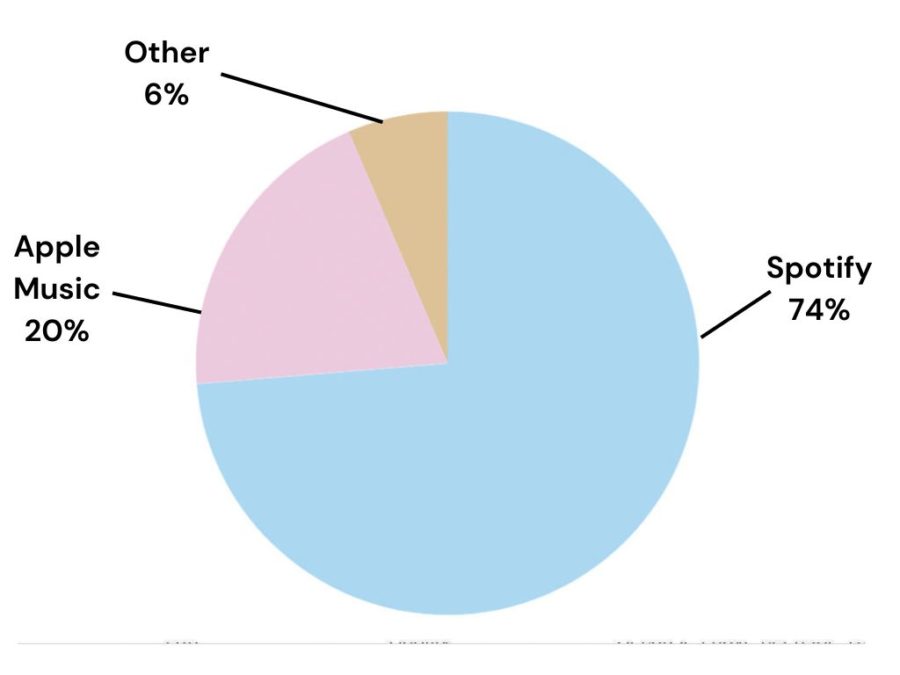Meteor showers give you a chance to not only appreciate the mechanics behind such an amazing force of nature, but you will also be able to appreciate the physical beauty presented forth from such a phenomenon. However, understanding the true nature of meteor showers is not a simple task.
The most important aspect to fundamentally know is that meteor showers are a result of Earth’s planetary motion passing through the trail of a comet. The trail of a comet consists of dust, ice, gas, and other particles. When Earth happens to coincide with the trail of a comet, we can observe the debris passing through Earth’s atmosphere, therefore observing a meteor shower. Like stars, the individual comets in showers can appear very bright and will soar across the night sky.
To fully appreciate a meteor shower, one must know how and where to see them. The first step is to find a location in which the sky is least illuminated by artificial light. For instance, avoiding city lights and finding a location along the outskirts of the suburbs of Minnesota would be a great starting point.
You can also opt in visiting EarthSky’s website which describes the best locations for you to view the showers and at which specific time in the night is optimal. EarthSky specializes in general astronomical sightings and provides the latest information or logistics regarding these events
In 2021 specifically, the most spectacular showers to view are the August Perseids shower and the November South Taurids, which occur around Aug. 24 and Nov. 12, respectively. Physics teacher Karen Phillips reminisces on her experience with meteor showers: “We were viewing the July showers and I noticed that they were astoundingly bright and reflective across the lake.”
Knowing where and when to find these meteor showers will allow you to enjoy them in a similar manner.











